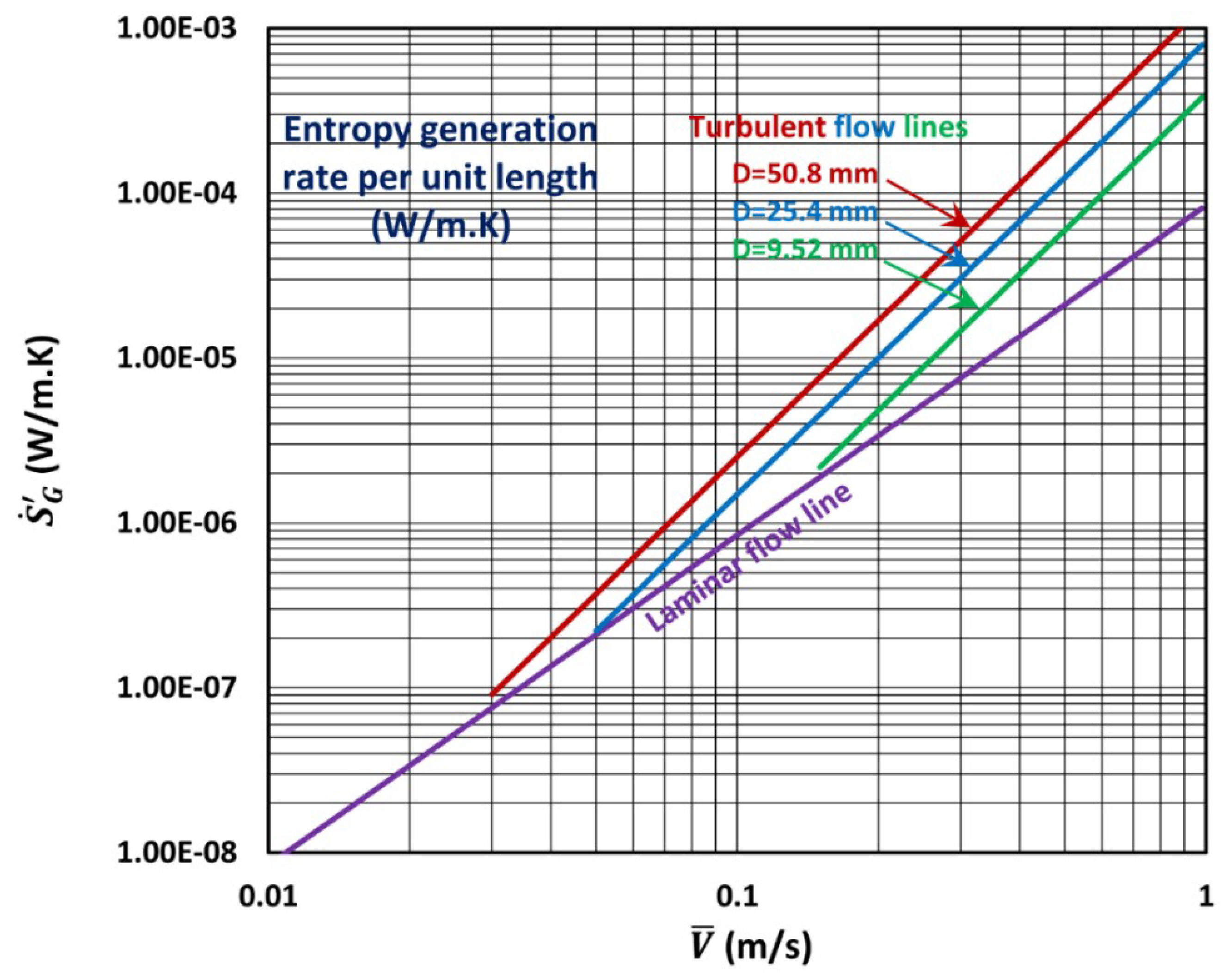


To enhance student reading, the ninth edition now includes SmartBook® 2.0. This text is structured to alternate between the development of thermodynamic principles and the correlation and use of thermodynamic properties as well as between theory and applications. The chapters are written in a clear, logically organized manner, and contain an abundance of realistic problems, examples, and illustrations to help students understand complex concepts. The text provides a thorough exposition of the principles of thermodynamics and details their application to chemical processes.

Smith and Hendrick Van Ness and Michael Abbott and Mark Swihart Introduction to Chemical Engineering ThermodynamMa9781260721478 Introduction to Chemical Engineering Thermodynamics presents comprehensive coverage of thermodynamics from a chemical engineering viewpoint. Phase Equilibria in Mixtures by an Equation of State Liquid-Liquid and Solid-Liquid Phase Equilibria Unit III: Fluid Phase Equilibria in Mixtures.Engineering Equations of State for PVT Properties Classical Thermodynamics - Generalizations for any Fluid Unit II: Generalized Analysis of Fluid Properties.Online supplemental sections and resources including instructor slides, ConcepTests, coursecast videos, and other useful resources Supporting software in formats for both MATLAB® and spreadsheets Learning objectives, problem-solving strategies for energy balances and phase equilibria, chapter summaries, and “important equations” for every chapterĮxtensive practical examples, especially coverage of non-ideal mixtures, which include water contamination via hydrocarbons, polymer blending/recycling, oxygenated fuels, hydrogen bonding, osmotic pressure, electrolyte solutions, zwitterions and biological molecules, and other contemporary issues Hierarchical instruction with increasing levels of detail: Content requiring deeper levels of theory is clearly delineated in separate sections and chaptersĮarly introduction to the overall perspective of composite systems like distillation columns, reactive processes, and biological systems This text is distinctive in making molecular perspectives accessible at the introductory level and connecting properties with practical implications. Introductory Chemical Engineering Thermodynamics, Second Edition, helps readers master the fundamentals of applied thermodynamics as practiced today: with extensive development of molecular perspectives that enables adaptation to fields including biological systems, environmental applications, and nanotechnology. A Practical, Up-to-Date Introduction to Applied Thermodynamics, Including Coverage of Process Simulation Models and an Introduction to Biological Systems


 0 kommentar(er)
0 kommentar(er)
